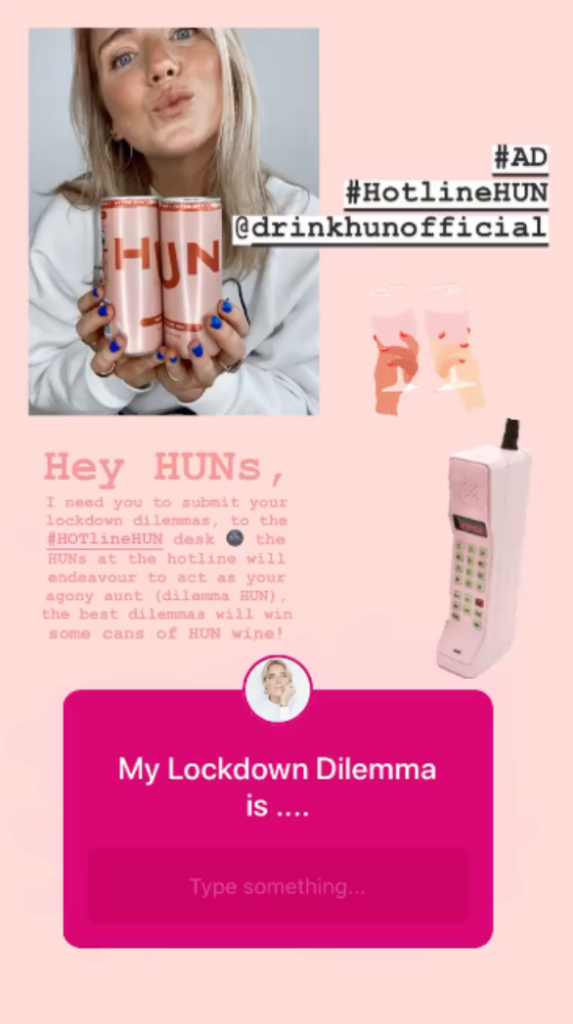Last Updated on August 29, 2023 by
In the world of wine, branding has traditionally been about the story of its origin.
By habit, wineries would talk and market about their sun-kissed vineyards, the legacy of winemaking, the art of the vintner, and all the amazing stories behind every bottle of wine. While these are important aspects of wine branding and marketing, today’s consumers pose a bigger challenge. As the wine industry evolves in tandem with a rapidly changing global consumer market, wineries are faced with the problem of setting themselves apart.
Here’s where subculture marketing can help– a paradigm-shifting approach that might just be the future of wine branding. In this article, we’ll delve deep into how subculture marketing for wineries is redefining engagement and why it’s crucial for the industry.
Understanding Subculture Marketing
There’s a vast mosaic of global culture, and nestled between the broad strokes of mainstream culture, lie the intricate patterns of subcultures.
These are groups that differentiate themselves from the mainstream, forging unique identities built on shared interests, beliefs, or practices. Subculture marketing aims to tap into these niche communities, catering to their specific preferences and values. To truly grasp the potential and nuances of this approach, it’s essential to delve deeper.
Why Use Subculture Marketing For Wineries?
Precision Targeting
Subculture marketing allows businesses to focus on specific segments, tailoring their messaging to resonate deeply. This can result in more meaningful and effective engagements.
Building Loyalty
Given the close-knit nature of subcultures, brands that manage to authentically align themselves can enjoy unwavering loyalty from these groups.
Differentiation
In a world where numerous brands vie for attention, subculture marketing offers an avenue for differentiation. It allows brands to carve out unique spaces and cater to untapped markets.

5 Reasons Why Wineries Should Consider Subculture Marketing
The wine industry, with its rich history and global appeal, has for centuries thrived on tradition. From the cultivation of vineyards to the art of winemaking, the processes and narratives have been steeped in time-honored practices. However, in an ever-changing global market, staying rooted solely in tradition can limit growth and opportunities. Here’s a deep dive into why wineries need to pivot in today’s dynamic landscape.
1. Changing Consumer Demographics and Preferences
Millennials and Gen Z consumers, with their unique taste preferences and purchasing habits, are becoming dominant players in the wine market. Unlike older generations who might have been loyal to specific brands or regions, younger consumers often seek variety, new experiences, and stories behind the wines they consume.
Furthermore, today’s consumers are digitally native, relying heavily on online platforms for recommendations, reviews, and purchases. Wineries that don’t pivot to accommodate this shift risk alienation from a significant segment of the market.
2. Globalization and Increased Competition
Traditionally dominant wine regions now face competition from emerging areas like India, China, and parts of Eastern Europe. This diversification of the wine-producing map means more choices for consumers and a need for established wineries to differentiate themselves.
Wineries should also consider the saturation of their market. With an influx of brands and labels, standing out in a crowded market has become more challenging. Simply relying on age-old branding might not suffice.
3. Technological Advancements in Winemaking
Modern techniques, from precision agriculture to the use of data analytics for optimizing harvest times, are revolutionizing the winemaking process. Wineries unwilling to adapt might find themselves lagging in efficiency and quality.
Sustainability echoes pivotal changes in almost all businesses, especially in the winery industry. There’s a growing emphasis on sustainable and eco-friendly practices. Adopting organic farming, reducing water usage, or employing renewable energy sources in production can appeal to environmentally conscious consumers.
4. Evolving Marketing and Sales Channels
The rise of online wine sales, especially post-pandemic, underscores the need for wineries to have a strong digital presence and sales strategy.
It’s also great to note that direct-to-consumer models are becoming a successful option for wineries. More wineries are exploring direct sales, bypassing traditional distribution channels. This pivot allows for higher profit margins and a direct relationship with consumers.
5. Cultural and Lifestyle Shifts
The global wellness trend has led to a demand for lower-alcohol, organic, and biodynamic wines. Catering to this segment requires a shift in production and marketing.
As discussed, subculture marketing for wineries offers new avenues for branding and engagement. Traditional marketing may not resonate with these niche groups, necessitating a pivot in strategy.
Benefits of Subculture Marketing for Wineries
Instead of broad and generalized campaigns, subculture marketing zeros in on specific groups. For wineries, this means they can craft campaigns tailored to, say, the eco-conscious consumer, the digital nomad, or the culinary adventurer. Such precision in targeting invariably leads to deeper, more meaningful interactions.
Subculture marketing fosters loyalty and community building. Subcultures, by definition, are close-knit. When wineries engage authentically with these groups, they’re not just attracting customers; they’re building communities. The sense of belonging fostered through such engagement can translate to unparalleled brand loyalty.
Subculture marketing also offers wineries a canvas to paint their brand in innovative hues. For instance, a winery could release a limited edition targeted at the “vegan lifestyle” subculture, ensuring the entire production process aligns with vegan principles.
Practical Steps for Wineries to Embrace Subculture Marketing
Research and Identify: This is foundational. Wineries must invest time in understanding which subcultures align with their brand values and offerings.
Collaborate
Authentic engagement often comes from collaboration. By partnering with influencers or leaders within a subculture, wineries can ensure their marketing efforts are genuine and resonate well.
Tailored Content Creation
Be it a blog post about vegan wine production, a video series on wines that complement a digital nomad lifestyle, or hosting events that celebrate a specific subculture – content must be tailored and resonate with the audience.
Feedback Loop
Engage, gather feedback, refine, and repeat. This iterative process ensures that subculture marketing efforts stay relevant and practical.
Learning from HUN’s Subculture Marketing Campaign
HUN, a high-end canned wine company, visualized a 2020 subculture marketing campaign targeted at millennials. They crafted a brand strategy centered around influencers. Reflecting its bold persona and unmistakable voice, HUN’s debut campaign is a tribute to those who dare to stand out and embrace their individuality.
To resonate with diverse audiences, the campaign collaborated with 10 standout individuals from various subcultures. Their promotion strategies were multifaceted, spanning across Instagram platforms such as Stories, posts, IGTV, and live sessions.

The result was a total success– it produced 1,189,379 impressions (vs. target of 1,000,000), 120,685 engagements (vs. target of 100,000), and 117 talent posts (vs. target of 40). The team not only over-delivered but also discovered interesting learnings along the way. For instance, targeting high-impact influencers in specific subcultures is best to gain maximal engagement, even with a low follower count. This was observed when influencers with smaller followings gained better engagement compared to those who had bigger and generalized follower counts.
A Paradigm Shift For Wineries
Subculture marketing for wineries is not just a trend but a paradigm shift in understanding and engaging with consumers.
In a world where every bottle of wine tells a story, aligning these narratives with the diverse tapestry of subcultures can create a powerful brand resonance. For wineries willing to innovate and engage authentically, the future is not just about selling wine; it’s about crafting experiences, building communities, and forging lasting connections.
